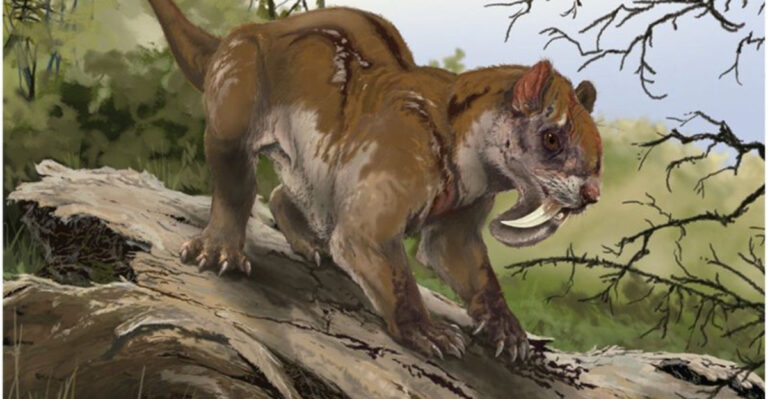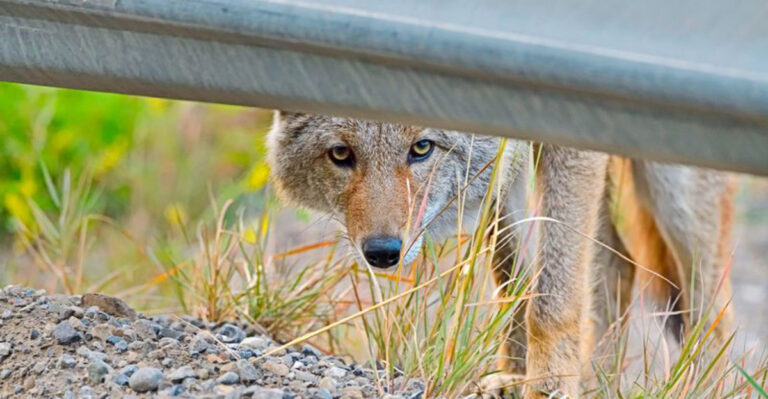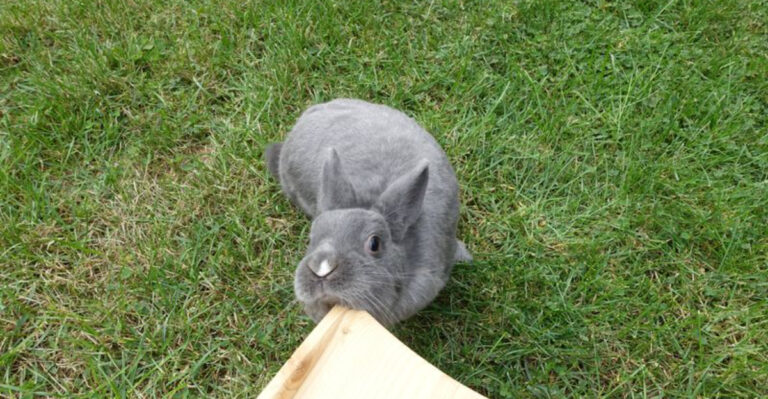Fossils Reveal The Secrets Of Snow Leopard Evolution
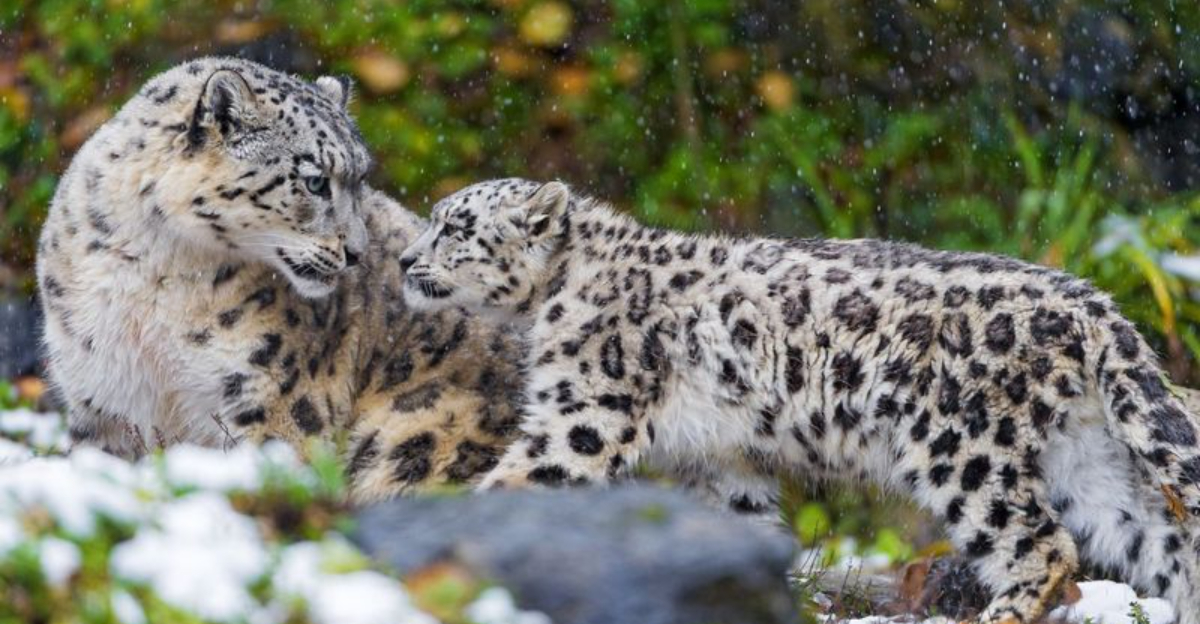
Fossils tell amazing stories about how animals changed over time. For snow leopards, these ancient remains unlock secrets about their journey from ordinary cats to mountain masters.
Scientists study bones, teeth, and footprints from millions of years ago to understand how these gorgeous cats developed their furry coats, powerful legs, and remarkable mountain survival skills.
1. Fossils Show The Evolution Of Snow Leopard’s Unique Adaptations
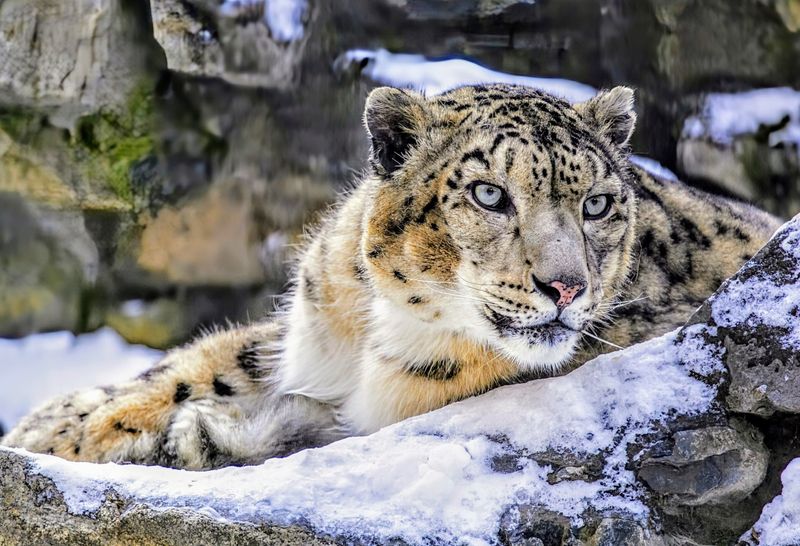
Ancient bone structures reveal how snow leopards gradually developed their signature large paws—perfect snowshoes for mountain terrain.
Fossil evidence shows their thick fur didn’t appear overnight but evolved over thousands of generations as temperatures dropped. Their powerful chest and shoulder bones also transformed, allowing them to make incredible leaps across rocky gaps.
2. Snow Leopard Ancestors Lived Millions Of Years Ago
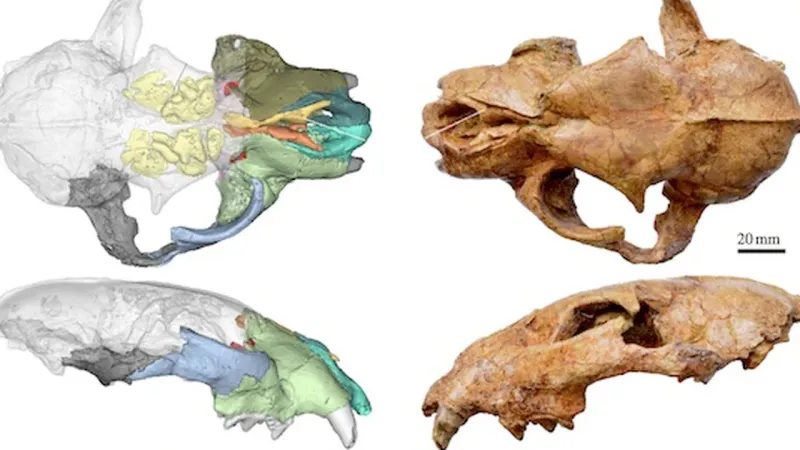
Seven million years ago, primitive leopard-like cats roamed Asia’s developing mountain ranges.
Fossil discoveries in the Himalayas show these ancient relatives were smaller with less specialized features. The most exciting find came in 2019 when researchers uncovered a nearly complete skull in Tibet, revealing the missing link between modern snow leopards and their prehistoric ancestors.
3. Fossils Help Track The Snow Leopard’s Geographic Evolution

Scattered fossil findings across Central Asia map the snow leopard’s expanding territory through time.
Remains discovered in Mongolia suggest these cats originated in lower elevations before gradually conquering higher altitudes.
Surprisingly, fossil evidence indicates snow leopards once inhabited regions they’ve since abandoned, including parts of Russia and Kazakhstan where climate change altered their preferred prey’s habitat.
4. Fossils Show How Snow Leopards Developed Their Unique Hunting Skills
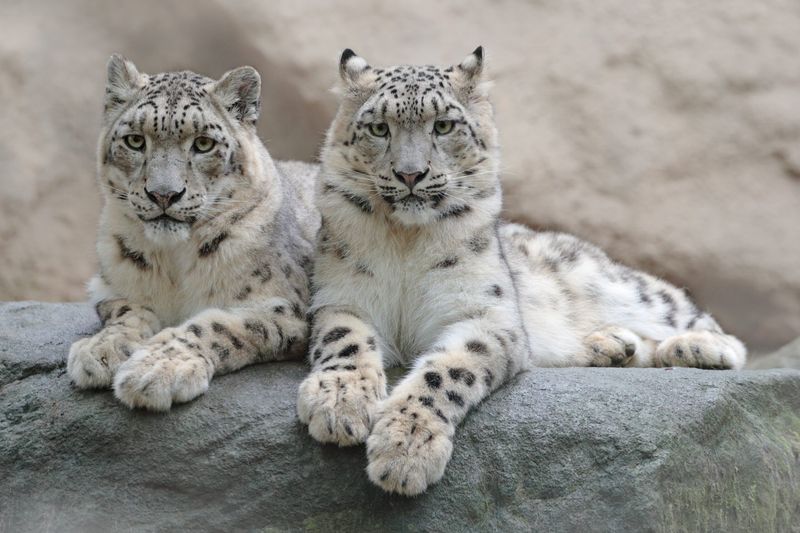
Fossilized leg bones reveal the gradual lengthening of snow leopard limbs, enabling their famous 50-foot leaps.
Ancient spine structures show increasing flexibility—perfect for navigating rocky terrain. The most fascinating adaptation appears in shoulder socket fossils.
It demonstrates how snow leopards evolved specialized joints allowing them to rotate their front legs for climbing steep slopes while carrying heavy prey.
5. The Importance Of Fossil Teeth In Understanding Snow Leopard Diet
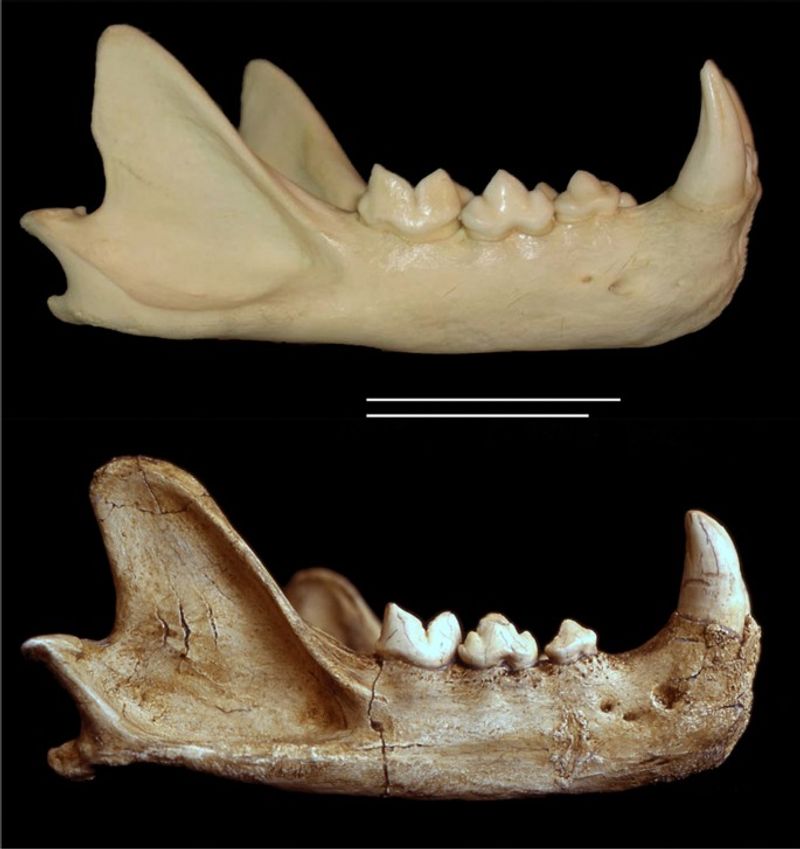
Teeth tell tales! Fossilized snow leopard fangs show gradual changes that perfectly matched their evolving prey.
Wear patterns on ancient molars reveal they once consumed larger animals than today’s mountain goats and sheep. Carbon analysis of tooth enamel from 100,000-year-old specimens indicates these predators adapted to different food sources during climate shifts, showing remarkable dietary flexibility.
6. Fossil Clues About The Snow Leopard’s Early Evolutionary Divergence
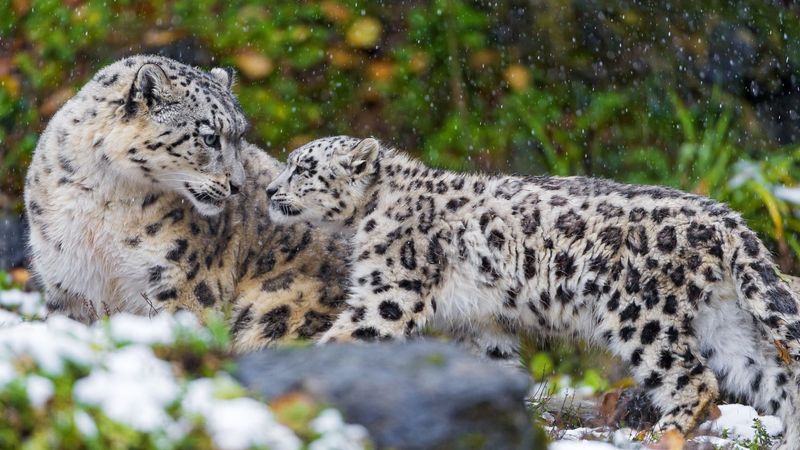
Genetic material extracted from 1.2-million-year-old fossils pinpoints when snow leopards branched from other big cats.
This evolutionary fork happened approximately 3.9 million years ago—much earlier than previously thought! Skull structure comparisons between ancient specimens show the gradual development of their distinctive wide nasal cavities, which help warm freezing air before it reaches their lungs.
7. Fossils Reveal Insights Into Snow Leopard’s Adaptation To Cold Environments
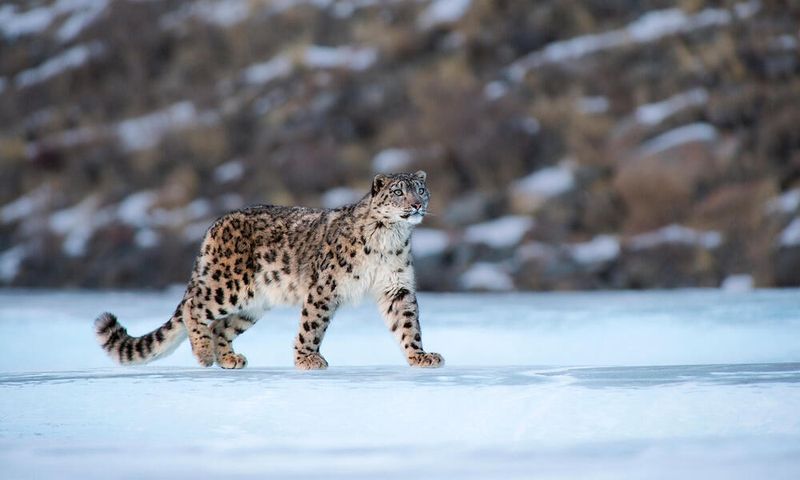
Bone density analyses of fossils reveal how snow leopards developed heavier skeletons for conserving heat in frigid environments.
Microscopic examination of hair follicle impressions in preserved skin fragments shows the evolution of their dual-layer coat. Fossilized blood vessel channels in leg bones demonstrate the development of specialized circulation systems that prevent freezing—similar to modern Arctic mammals.
8. Fossilized Footprints Help Identify Snow Leopard’s Prehistoric Behavior

Rare footprint fossils preserved in ancient mud reveal snow leopards have maintained their solitary hunting patterns for millennia.
One remarkable trackway discovered in Nepal shows a prehistoric snow leopard stalking prey from above—the exact same ambush technique used today! These preserved prints also show they developed their distinctive large, wide paws early in their evolution.
9. Fossil Evidence Shows The Snow Leopard’s Role In Ancient Ecosystems
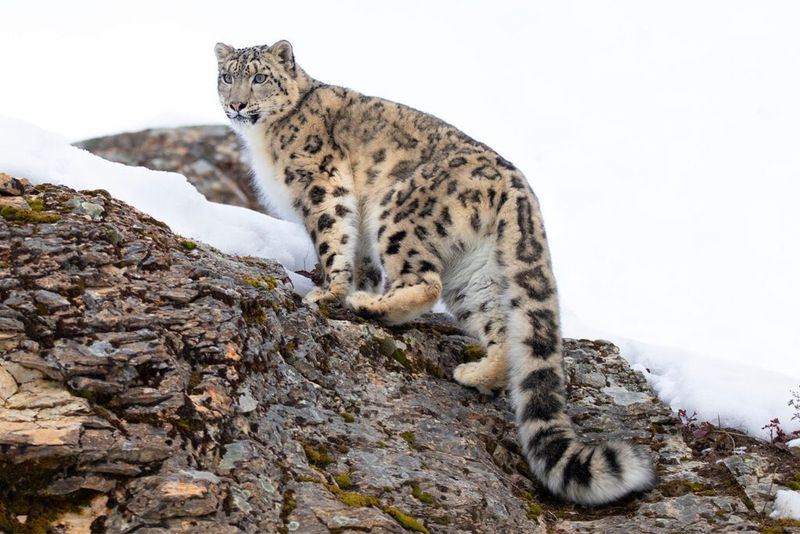
Excavation sites containing both snow leopard remains and their prey tell stories of ancient food webs.
Cave deposits from 50,000 years ago include bones from extinct mountain goat species showing puncture marks from snow leopard fangs.
These fossils reveal snow leopards have always been keystone predators, controlling herbivore populations and maintaining ecological balance across Asia’s mountainous regions.
10. Modern Snow Leopards Share Traits With Ancient Big Cats
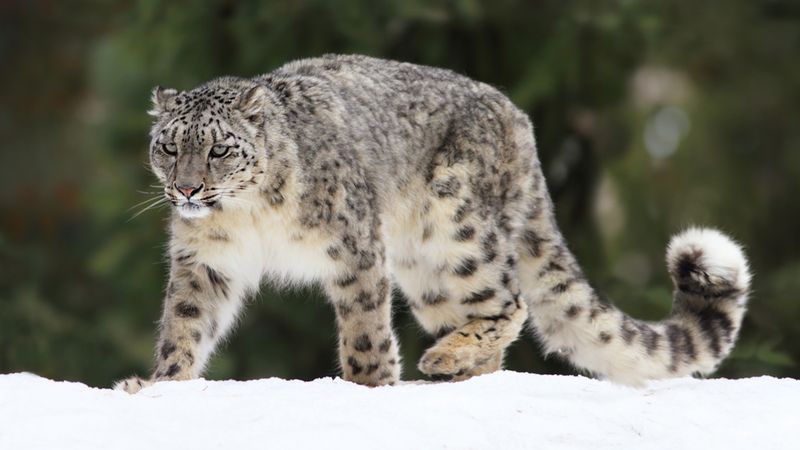
Today’s snow leopards carry the genetic legacy of their ancestors in surprising ways.
Their distinctive long tails—used for balance—appear virtually unchanged in fossils dating back 2 million years. The rounded skull shape that houses powerful jaw muscles matches ancient specimens perfectly.
Even their famous inability to roar (unlike other big cats) stems from throat structures evident in their earliest ancestors.

